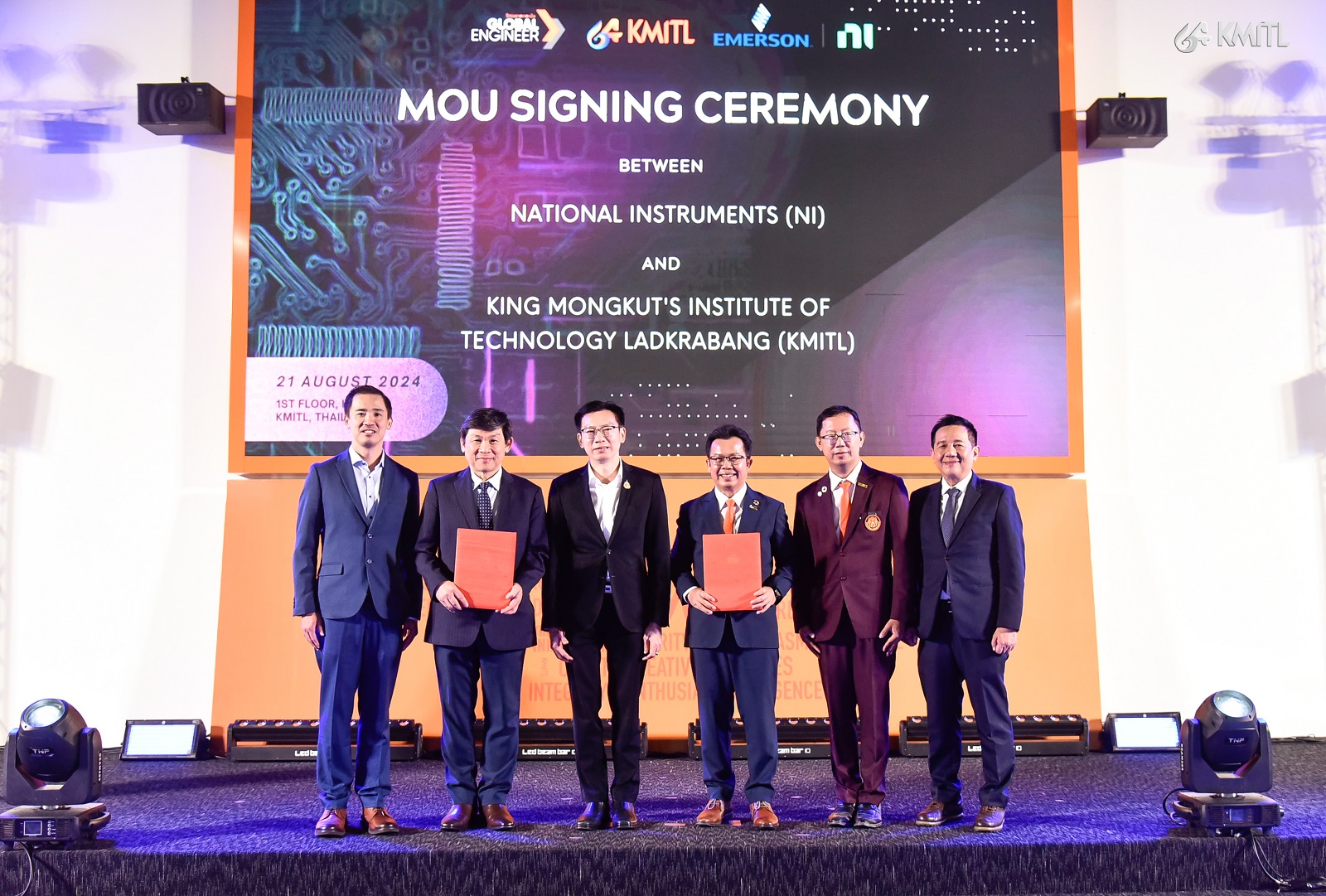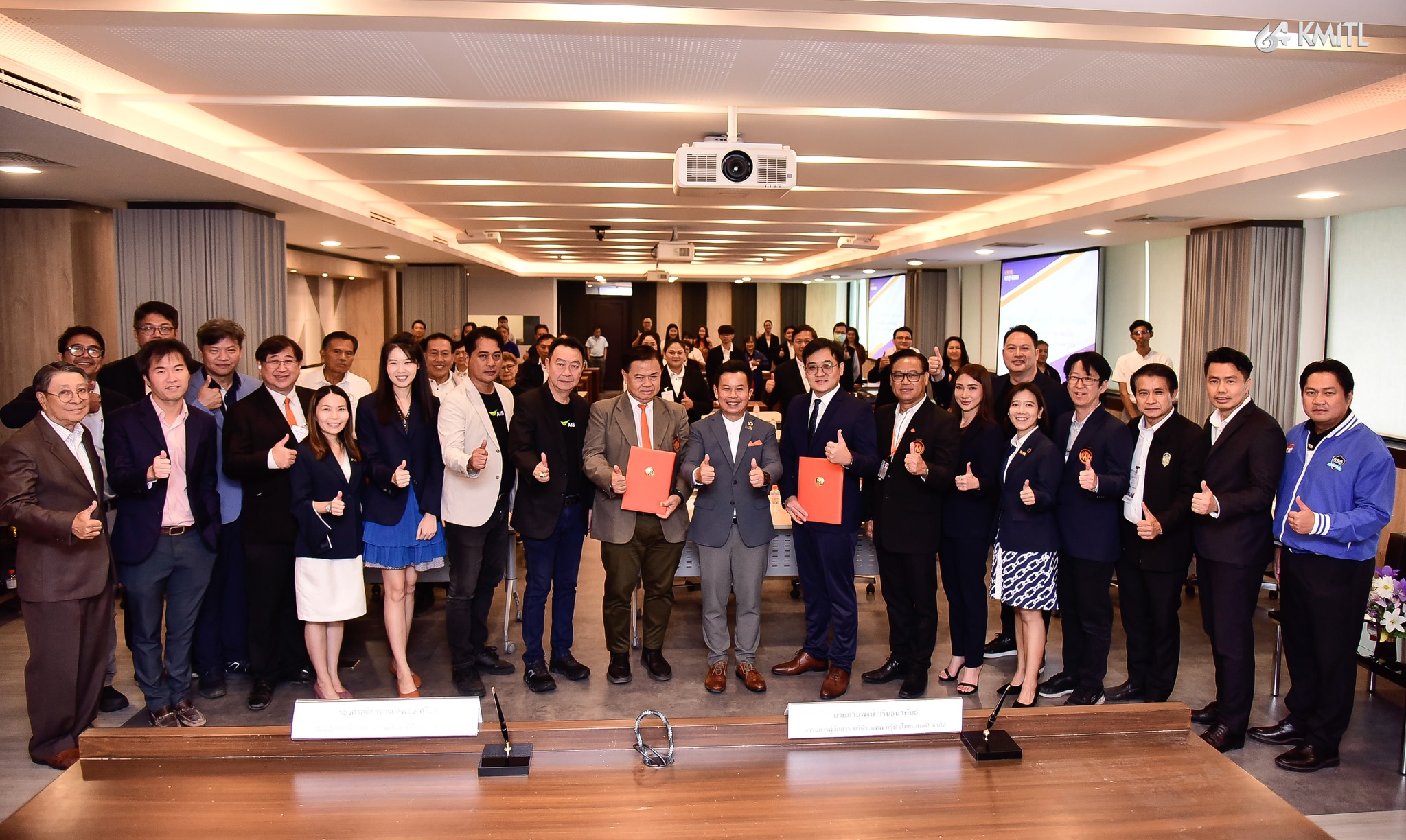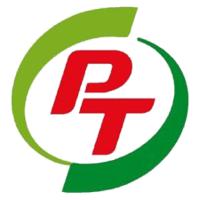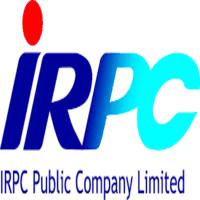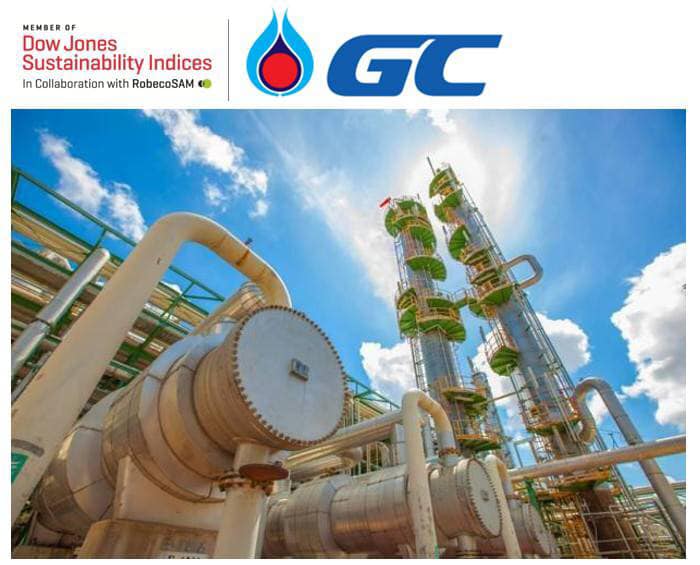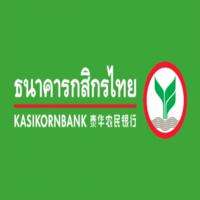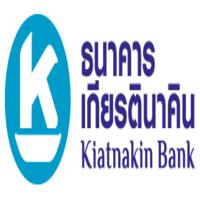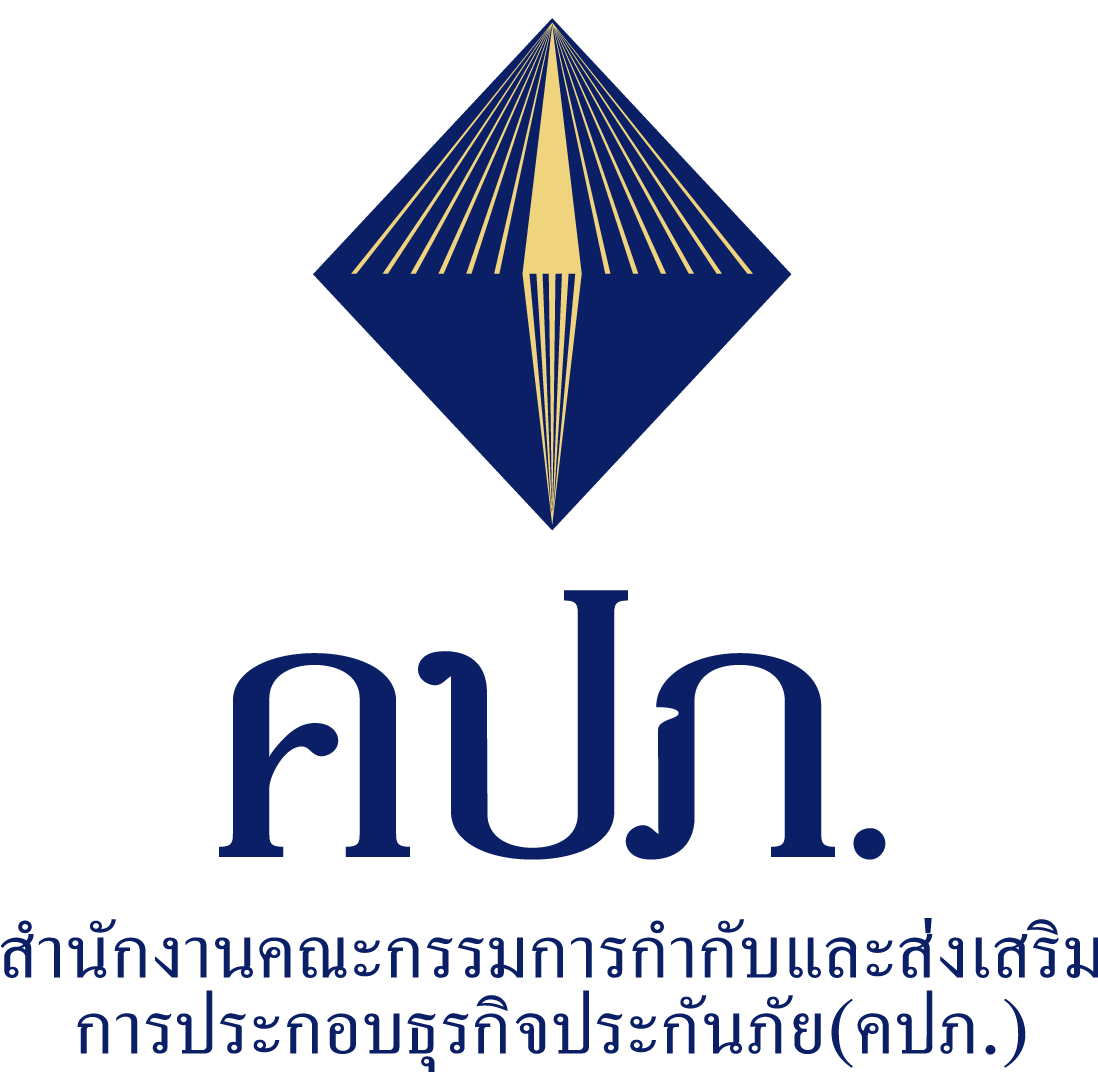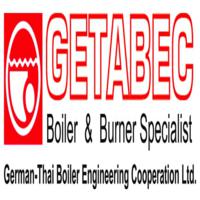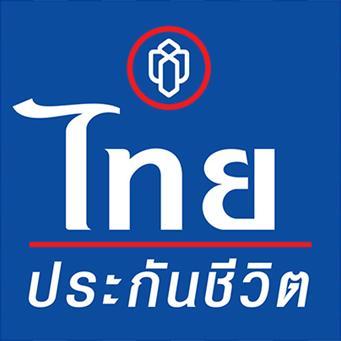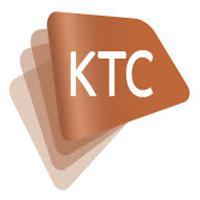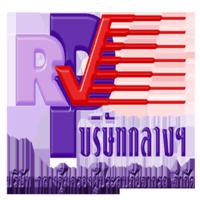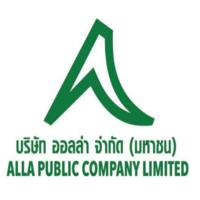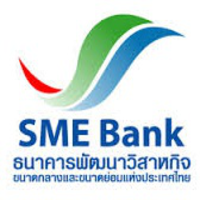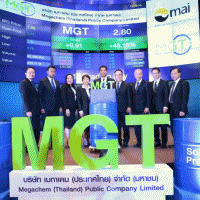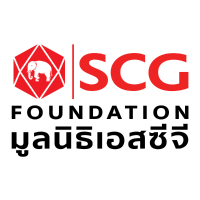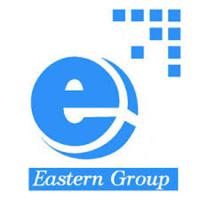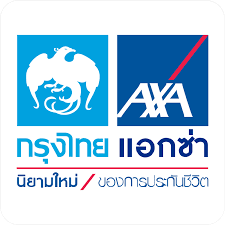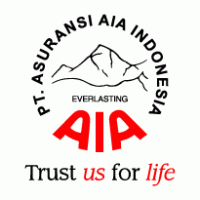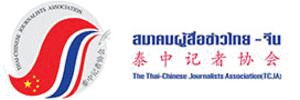- Details
- Category: ไอที-เทคโนฯ
- Published: Tuesday, 02 February 2016 19:07
- Hits: 6844

Emerson Network Power ชี้ 5 แนวโน้มดาต้าเซ็นเตอร์ที่ต้องจับตามองปี 2559
กรุงเทพฯ - อิเมอร์สัน เนทเวอร์ค พาวเวอร์ (Emerson Network Power) หน่วยธุรกิจของอิเมอร์สัน (Emerson) (NYSE: EMR) ผู้ให้บริการชั้นนำระดับโลกในด้านการให้บริการโครงสร้างพื้นฐานที่สำคัญสูงสุด สำหรับระบบเทคโนโลยีข้อมูลและการสื่อสาร ชี้ถึง 5 แนวโน้มของดาต้าเซ็นเตอร์ ที่ต้องจับตามองในปี 2559
"การพัฒนาเทคโนโลยีดาต้าเซ็นเตอร์ (Data Center) ที่เกิดขึ้นในขณะนี้เป็นไปอย่างก้าวกระโดดรวดเร็วอย่างเหลือเชื่อ ลูกค้าองค์กรในภูมิภาคเอเชียตื่นตัวและมีการลงทุนเพื่ออัพเกรดโครงสร้างพื้นฐานของระบบไอทีเดิม ควบคู่กับการสร้างนวัตกรรมใหม่ๆ เพื่อส่งมอบบริการที่มีมูลค่าเพิ่มมากขึ้นไปด้วยกัน" มร.อนันท์ ชังกี ประธาน อิเมอร์สัน เนทเวอร์ค พาวเวอร์ ภูมิภาคเอเชีย อธิบาย "ระบบไอทีแบบ Bimodal การพัฒนาซอฟแวร์ที่ควบคุมเครือข่าย และอินเทอร์เน็ตออฟธิ่ง (IoT) เข้ามามีอิทธิพลสูงและกำลังส่งผลกระทบต่อระบบโครงสร้างไอทีที่ติดตั้งอยู่เดิม และเราก็ได้เห็นความเปลี่ยนแปลงที่เกิดขึ้นต่อโครงสร้างเครือข่ายหลักและบนคลาวด์ เช่นเดียวกับการพัฒนาเทคโนโลยีของระบบเครือข่ายด้วย"
"เรายังได้เห็นการยอมรับอย่างรวดเร็วต่อระบบโซลูชั่นส์ศูนย์ดาต้าเซ็นเตอร์แบบแยกส่วนและแบบรวมศูนย์ จากผู้ประกอบการโทรคมนาคมที่ต้องการความคล่องตัวและความแม่นยำ เช่นเดียวกับความต้องการเพิ่มขึ้นจากลูกค้า hyperscale และ collocation สำหรับระบบเครือข่ายที่มีโครงสร้างพื้นฐานที่ให้เสถียรภาพด้านพลังงาน การระบายความร้อนที่มีประสิทธิภาพสูง และการบริหารจัดการโครงสร้างพื้นฐานของดาต้าเซ็นเตอร์ (DCIM) เพื่อเพิ่มประสิทธิภาพการใช้งาน" มร. ชังกี กล่าวเสริม
5 เทรนด์สำคัญของดาต้าเซ็นเตอร์ ที่ต้องจับตามองในปี 2559
1. คลาวด์มีความซับซ้อนมากขึ้น: ในขณะนี้ องค์กรส่วนใหญ่มีประสบการณ์และได้ใช้คลาวด์คอมพิวติ้งไม่ทางใดก็ทางหนึ่ง ดังนั้น การพัฒนา SaaS ให้ตอบสนองกับสภาพแวดล้อมที่ยืดหยุ่นได้อย่างแท้จริง โดยการนำคลาวด์เซอร์วิสมาเพิ่มความคล่องตัวให้กับระบบอุปกรณ์เดิม จึงเป็นที่ต้องการมากขึ้นในการรองรับองค์กรที่กำลังเปลี่ยนระบบโครงข่ายไอทีไปเป็นแบบ bimodal เพราะคลาวด์คอมพิวติ้ง ยังไม่เพียงแต่ช่วยในเรื่องการเพิ่มเสถียรภาพเท่านั้น ยังสามารถรับมือกับระบบที่ซับซ้อนมากขึ้นด้วย จากข้อมูลของการวิจัยการใช้งานเซิร์ฟเวอร์ ที่ทำโดย Standford’s Jonathan Koomey & Anthesis Group’s John Taylor พบว่า เซิร์ฟเวอร์ของดาต้าเซ็นเตอร์ในบริษัทระดับเอนเตอร์ไพรซ์ ไม่ได้ถูกใช้งานอย่างเต็มที่ โดยในแต่ละปี การใช้งานด้านสมรรถภาพระบบการใช้งานโดยเฉลี่ยมีเพียงร้อยละ 5 ถึงร้อยละ 15 เท่านั้น นอกจากนี้ ยังพบว่าอีกกว่าร้อยละ 30 ของระบบเซิร์ฟเวอร์ยังอยู่ในสภาพที่เรียกว่า "โคม่า" คือไม่ได้ถูกใช้งานให้เป็นประโยชน์เลยตลอดเวลา 6 เดือนหรือมากกว่า สิ่งเร่งด่วนที่องค์กรจะต้องรีบจัดการคือการตรวจสอบและแก้ไขส่วนที่ไม่ได้ใช้งานเต็มสมรรถภาพ และขั้นตอนที่สำคัญคือการจัดการการใช้พลังงาน แล้วนำส่วนที่ยังไม่ใช้งานในดาต้าเซ็นเตอร์ ไปเป็นส่วนของการให้บริการที่ใช้ร่วมกัน และหาวิธีเพิ่มประโยชน์จากคลาวด์คอมพิวติ้ง เพื่อองค์กรจะขายเซอร์วิสในส่วนที่เหลือใช้ให้แก่หน่วยงานภายนอกได้
2. เทคโนโลยีปรับแต่งเฉพาะ: ขณะที่เทคโนโลยีดาต้าเซ็นเตอร์ มีบทบาทสำคัญที่จะตอกย้ำถึงความมีประสิทธิภาพและความพร้อมของการใช้งาน แต่ผู้ประกอบการดาต้าเซ็นเตอร์ ยังคงเน้นไปที่โครงสร้างระบบเครือข่ายมากกว่าเทคโนโลยีที่ใช้ในการปฏิบัติงาน มร.ปีเตอร์ พานฟิล รองประธาน ด้านโกลเบิล พาวเวอร์ ของอิเมอร์สัน เนทเวอร์ค พาวเวอร์ อธิบายเพิ่มเติม "เรามีลูกค้าจำนวนมากขึ้น ซึ่งในอดีตที่ผ่านมา องค์กรเหล่านี้ได้ผูกติดกับระบบไอทีแบบดั้งเดิมในกลุ่ม Tier 3 หรือ Tier 4 เข้ามาขอความช่วยเหลือให้เราพัฒนาระบบเครือข่ายไอทีที่เหมาะสมรองรับสภาพธุรกิจขององค์กร ลูกค้ากลุ่มนี้ มีความเชื่อมั่นและไม่มีข้อส่งสัยในด้านเทคโนโลยี แต่สิ่งที่พวกเขากำลังมองหา คือ โครงสร้างที่เป็นระบบที่ไม่ใช่แบบมาตรฐานทั่วไป ต้องการการปรับแต่งให้เฉพาะเจาะจง ให้ความยืดหยุ่น ความพร้อมที่จะใช้งานและมีประสิทธิภาพ องค์กรเหล่านี้จะตีคุณค่าของความเชี่ยวชาญและประสบการณ์มากกว่าด้านเทคโนโลยี"
3. ดาต้าเซ็นเตอร์ ต้องการภาษาการใช้งานเดียวกัน: อินเทอร์เน็ตออฟธิ่ง (IoT) ไม่เพียงส่งผลกระทบต่อระบบโครงสร้างของดาต้าเซ็นเตอร์ในอนาคต ด้วยจำนวนที่เพิ่มขึ้นอย่างมหาศาลของข้อมูลที่จะต้องนำมาใช้งาน แต่ยังส่งผลต่อการบริหารจัดการดาต้าเซ็นเตอร์อย่างมาก ทุกวันนี้ ความเป็นดาต้าเซ็นเตอร์ นั้นหมายถึง การเป็นศูนย์รวมของอุปกรณ์พ่วงต่างๆ อีกหลากหลายพันหน่วยเชื่อมต่อด้วยกัน มีการติดต่อกันด้วยภาษาของโฮสต์ยูนิต เช่น IPMI, SNMP และ Mod Bus ทำให้เกิดช่องว่างระหว่างระบบที่ต้องปรับและแก้ไขให้เป็นหนึ่งเดียวกัน จุดสะดุดและกีดกั้นเหล่านี้จะถูกจัดการด้วย Redfish ซึ่งเป็นโอเพ่นซิสเต็มส์ ที่ได้รับการพัฒนาร่วมกันระหว่าง Emerson Network Power, Intel, Dell และ HP โดย Redfish จะเชื่อมต่อระบบดาต้าเซ็นเตอร์ต่างๆ เข้าด้วยกัน สามารถยกระดับสมรรถภาพการทำงานให้ขึ้นไปอีก ทั้งด้านการประมวลผล การควบคุมและการทำงานแบบออโตเมติก นอกจากนี้ ยังช่วยให้การใช้งานไอโอทีอย่างมีประสิทธิภาพในแอพพลิเคชั่นส์อื่นๆ
4. ความรับผิดชอบต่อสังคมเพิ่มแรงกดดันต่ออุตสาหกรรม: ภาคอุตสาหกรรม ถูกประเมินผลด้านประสิทธิภาพขององค์กรมาอย่างน้อยตั้งแต่ปี 2550 โดยมุ่งเน้นไปที่ผลสัมฤทธิ์ทางด้านการเงิน แต่ในปัจจุบัน มีหลายหน่วยงานอย่างเช่น National Resources Defense Council ได้ออกมากระตุ้นให้เกิดความตื่นตัวในสังคม ด้วยการตั้งคำถามเกี่ยวกับการใช้ทรัพยากรด้านพลังงานของดาต้าเซ็นเตอร์ ทำให้องค์กรต่างเริ่มมาให้ความสนใจในด้านนี้ นอกเหนือมองด้านประสิทธิภาพแต่อย่างเดียว จึงต้องมีพัฒนาให้เกิดความยั่งยืน โดยนำแนวคิดเรื่องความรับผิดชอบต่อสังคมมากำกับดูแลการใช้งานดาต้าเซ็นเตอร์ด้วย ไม่ว่าจะเป็นเรื่องคาร์บอนฟุตปริ้นท์ การใช้พลังงานทางเลือกและการกำจัดอุปกรณ์เกี่ยวเนื่อง และต้องกำหนดให้เป็นความมุ่งมั่นขององค์กรและกำหนดไว้ในหลักปฏิบัติเรื่องความรับผิดชอบขององค์กรต่อสังคมด้วยเช่นกัน ผลกระทบของแนวโน้มนี้จะไม่ถูกจำกัดอยู่แค่การตัดสินใจภายในองค์กรเท่านั้น การตรวจสอบต้องรวมทั้งหมดของห่วงโซ่ที่เกี่ยวกับดาต้าเซ็นเตอร์ รวมไปถึง collocation และผู้ประกอบการให้บริการคลาวด์ด้วย ซึ่งจะผลักดันให้เกิดการพัฒนาดาต้าเซ็นเตอร์ที่มีประสิทธิภาพสูง
5. การเชื่อมดาต้าเซ็นเตอร์ในพื้นที่ใกล้เคียงเข้าเครือข่าย: การเติบโตของการบริโภคข้อมูลทางดิจิตอลและการประมวลผลข้อมูลเข้าด้วยกัน เป็นสิ่งที่ท้าทายดาต้าเซ็นเตอร์แบบรวมศูนย์ ในขณะที่ศูนย์ดาต้าเซ็นเตอร์ขนาดใหญ่ ต้องคงบทบาทด้านคอมพิวติ้งเป็นหลัก ศูนย์เหล่านี้ยังจะต้องถูกเชื่อมต่อและรับการสนับสนุนจากอุปกรณ์รอบข้าง หรือที่เรียกกันว่า ดาต้า เซ็นเตอร์เพื่อนบ้าน ที่ทำหน้าที่เป็นเครือข่ายไอโอที สนับสนุนด้านข้อมูล ประมวลผล และแอพพลิเคชั่นส์ต่างๆ บริการให้กับผู้บริโภค ศูนย์ไมโครดาต้าเซ็นเตอร์เหล่านี้ จะปฏิบัติการเป็นเครือข่ายดาวเทียมย่อยเสริมกำลังให้กับที่ทำการหลัก และในแหล่งชุมชนที่มีความหนาแน่นสูง ความสำเร็จของการใช้งานจะขึ้นอยู่กับระบบที่มีความมาตรฐานและอัจฉริยะด้วยการควบคุมการปฏิบัติงานจากระยะไกล
"ท่ามกลางการพัฒนาไปของแนวโน้มใหม่นี้ คือความต้องการที่เพิ่มขึ้นในภาคธุรกิจ ที่ต้องการมองหาดาต้าเซ็นเตอร์ที่ให้ทั้งการใช้งานที่มีความรวดเร็ว มีความยืดหยุ่น มีประสิทธิภาพสูง และสร้างความยั่งยืนให้กับองค์กร ควบคู่ไปกับเทคโนโลยีที่ล้ำหน้า ที่สามารถแข่งขันได้ในอุตสาหกรรม นี่คือความเร่งด่วนที่องค์กรต้องพร้อมในการ พัฒนาโครงสร้างระบบไอทีให้สามารถรองรับกับแนวโน้มเหล่านี้” มร.ชังกี กล่าวสรุป
สำหรับ ข้อมูลเพิ่มเติมเกี่ยวกับอิเมอร์สัน เนทเวอร์ค พาวเวอร์: www.EmersonNetworkPower.Asia
เกี่ยวกับ อิเมอร์สัน เนทเวอร์ค พาวเวอร์ Emerson Network Power
อิเมอร์สัน เนทเวอร์ค พาวเวอร์ หน่วยธุรกิจของ อิเมอร์สัน (ที่ NYSE: EMR) เป็นผู้ให้บริการชั้นนำระดับโลกของเทคโนโลยีสำหรับโครงสร้างพื้นฐานที่สำคัญ เราให้บริการดูแลตลอดวงจรของระบบโครงข่ายไอที ครอบคลุมเทคโนโลยีข้อมูลและการสื่อสาร ด้วยความต้องการที่ขยายเพิ่มขึ้นมากมายในการมองหาโซลูชั่นส์ที่เป็นอัจฉริยะและสามารถนำมาใช้อย่างรวดเร็วด้านฮาร์ดแวร์และซอฟท์แวร์ สำหรับบริหารจัดการพลังงาน ความร้อน และโครงสร้างพื้นฐาน อิเมอร์สัน เนทเวอร์ค พาวเวอร์ มีระบบโครงข่ายไอทีที่มีประสิทธิภาพและโซลูชั่นส์ให้เลือกสูงสุด ตรวจสอบข้อมูลเพิ่มเติมที่ www.EmersonNetworkPower.Asia
เกี่ยวกับ อิเมอร์สัน Emerson
อิเมอร์สัน (NYSE: EMR) มีสำนักงานใหญ่ที่ เซนต์หลุยส์ มิสซูรี สหรัฐอเมริกา เป็นผู้นำระดับโลก ในการนำ เทคโนโลยีและวิศวกรรม มาพัฒนาร่วมกัน เพื่อจัดหาโซลูชั่นส์ที่เป็นนวัตกรรม สำหรับลูกค้าในภาคอุตสาหกรรม การค้า และตลาดผู้บริโภคทั่วโลก บริษัทฯ ประกอบด้วย 5 ธุรกิจหลัก : การจัดการกระบวนการธุรกิจ, ระบบอัตโนมัติทางอุตสาหกรรม, พลังงานเครือข่าย, เทคโนโลยีภูมิอากาศ และ โซลูชั่นส์สำหรับพาณิชยกรรมและที่พักอาศัย ในปีงบประมาณ 2557 มียอดขายรวมเป็นมูลค่า 24.5 พันล้านเหรียญสหรัฐ ต้องการข้อมูลเพิ่มเติม : Emerson.com
Emerson Network Power Identifies Five Data Center Trends for 2016
Bangkok – Emerson Network Power, a business of Emerson (NYSE: EMR) and the world’s leading provider of critical infrastructure for information and communications technology systems, today released five data center trends to watch for in 2016.
“Data center technologies are emerging and evolving at an astounding pace. Our customers in Asia are investing in upgrading their legacy infrastructure while driving innovation to deliver more value added services,” said Anand Sanghi, president, Emerson Network Power in Asia. “Bimodal IT, software defined networking, and the Internet of Things (Iot) are impacting traditional system architectures and we are seeing changes at both the core/cloud as well as the edge of the network.”
“We have also seen rapid adoption of modular and containerized data center solutions by telecom operators seeking agility; as well as growing demand by our hyperscale and co-location customers for high-efficiency power and cooling infrastructure and data center infrastructure management (DCIM) to optimize performance,” he added.
Below are five trends shaping the data center landscape in 2016 and beyond:
1. Cloud Gets Complicated: Most organizations are now using cloud computing to some degree. The evolution from SaaS to true hybrid environments, in which cloud services are used to bring greater agility to legacy facilities, continues to advance as more organizations move to a bimodal architecture. Rather than stabilizing, however, cloud could get more complex. The latest server utilization research, conducted by Stanford’s Jonathan Koomey and Anthesis Group’s Jon Taylor, found that enterprise data center servers still only deliver, on average, between five and 15 percent of their maximum computing output over the course of a year. In addition, 30 percent of physical servers are “comatose,” meaning they have not delivered computing services in six months or more. The push to identify and remove comatose servers will continue to build momentum and is an essential step in managing energy consumption; however, the potential for unused data center capacity to become part of a shared-service, distributed cloud computing model will also be explored, enabling enterprise data centers to sell their excess capacity on the open market.
2. Architecture Trumps Technology: While data center technology plays an important role in ensuring efficiency and availability, data center operators are focusing less on technology and more on the architectures in which those technologies are deployed. “We are seeing more customers who in the past would have defaulted to a traditional Tier 3 or Tier 4 power architecture coming to us and asking for help in defining the right architecture for their environment,” said Peter Panfil, vice president of global power for Emerson Network Power. “They have confidence in the technology—that’s become a given. What they are looking for is a system architecture—increasingly a non-standard architecture—that is tailored to their requirements for flexibility, availability and efficiency. They value expertise and experience more than technology.”
3. Data Centers Find a Common Language: The Internet of Things (IoT) will not only impact future data center architectures by increasing the volume of data that must be processed, it will also change data center management—and the latter sooner than the former. Today’s data centers include thousands of devices that speak a host of languages, including IPMI, SNMP, and Mod Bus. This creates gaps between systems that limit efforts to manage holistically. That limit will cease to exist as Redfish, an open systems specification for data center and systems management developed by Emerson Network Power, Intel, Dell and HP, gains traction. Redfish will create interconnectivity across data center systems, enabling new levels of visibility, control and automation. Its adoption will also help establish best practices for effective use of IoT in other applications.
4. Social Responsibility Makes its Presence Felt: The industry has been dealing with efficiency since at least 2007, but the focus has largely been financial. Now, with organizations like the National Resources Defense Council raising awareness of data center energy use, some businesses are shifting their focus from efficiency to sustainability and viewing their data centers through a social responsibility lens. Data center operations—including carbon footprint, alternative energy use and equipment disposal—are now being included in corporate responsibility statements, creating greater pressure to make advances in these areas. The impact of this trend will not be limited to on-premise technology decisions. To be meaningful, reporting must include the full data center ecosystem, including colocation and cloud providers. As this practice grows, sustainability will rise to the level of availability and security as must-have attributes of a high performing data center.
5. The Neighborhood Data Center Moves In: The growth in digital content consumption and data collection is challenging the centralized data center model. While large data centers will continue to provide the majority of computing, they will increasingly be supported by edge facilities, or neighborhood data centers, that provide low-latency content and applications to users or data processing and logic for IoT networks. As these micro data centers, operating as satellites to a central facility, proliferate on corporate campuses and in high-density residential areas, their success will depend on the use of standardized, intelligent systems that can be remotely managed.
“At the heart of all these new trends is the growing need among businesses for speed, flexibility, efficiency and sustainability in the data center to cope with disruptive technologies, while remaining competitive. It is all the more critical for businesses to have agile IT infrastructures to address these developments,” said Sanghi.
About Emerson Network Power
Emerson Network Power, a business of Emerson (NYSE:EMR), is the world’s leading provider of critical infrastructure technologies and life cycle services for information and communications technology systems. With an expansive portfolio of intelligent, rapidly deployable hardware and software solutions for power, thermal and infrastructure management, Emerson Network Power enables efficient, highly-available networks. Learn more at www.EmersonNetworkPower.Asia.
About Emerson
Emerson (NYSE: EMR), based in St. Louis, Missouri (USA), is a global leader in bringing technology and engineering together to provide innovative solutions for customers in industrial, commercial, and consumer markets around the world. The company is comprised of five business segments: Process Management, Industrial Automation, Network Power, Climate Technologies, and Commercial & Residential Solutions. Sales in fiscal 2014 were $24.5 billion. For more information, visit www.Emerson.com.










